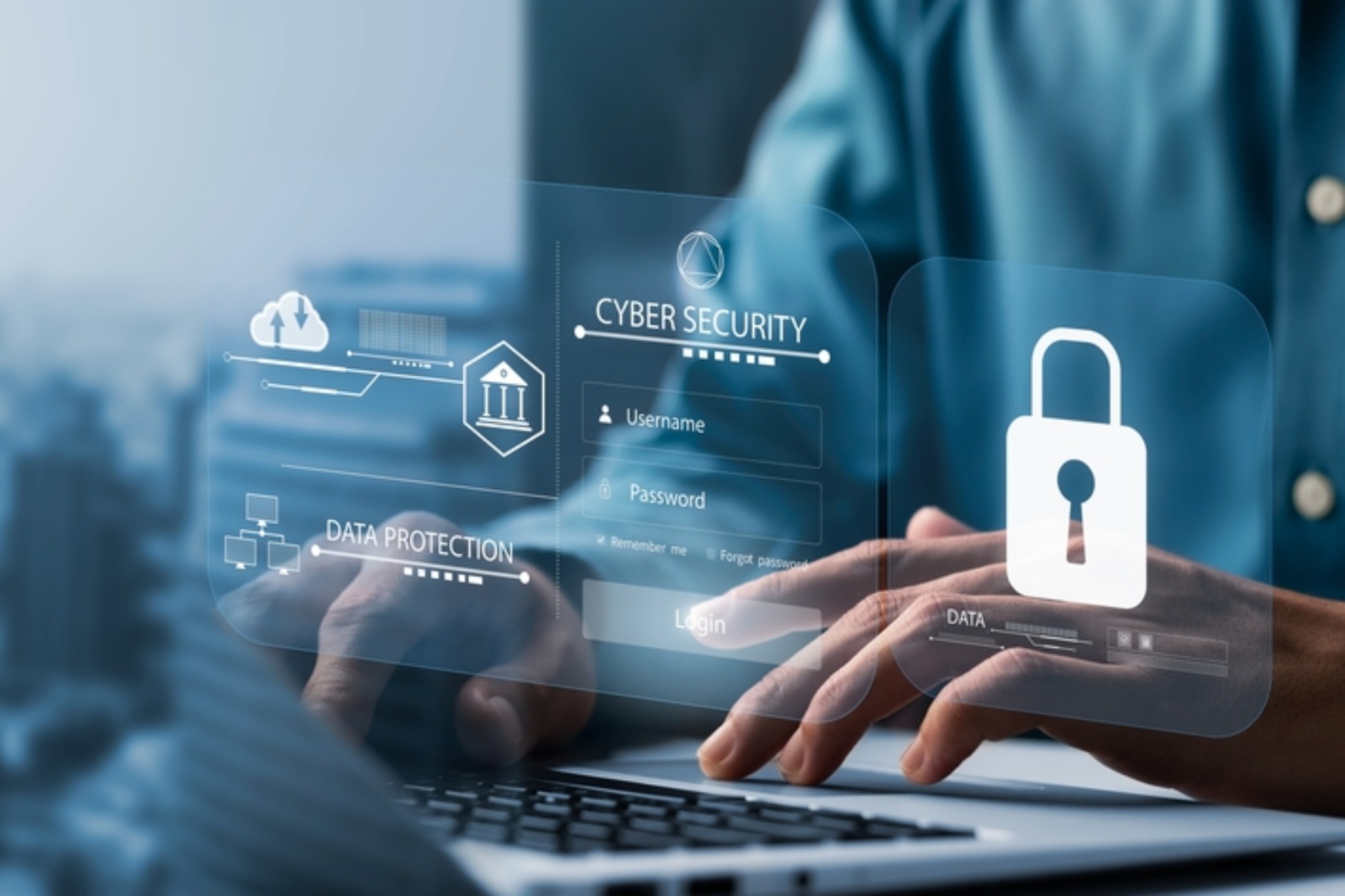
25 Cyber Security Audit Checklist
In today’s digital landscape, cyber security has become a critical concern for organizations of all sizes. With the increasing number of cyber threats, conducting regular security audits is essential for protecting sensitive information and ensuring compliance with regulations. This article presents a comprehensive checklist of 25 key items to consider during a cyber security audit, helping organizations identify vulnerabilities and strengthen their defenses.
Understanding Cyber Security Audits
A cyber security audit is a systematic evaluation of an organization’s information systems, policies, and procedures. The primary goal is to assess the effectiveness of security measures in place and identify areas for improvement. By conducting regular audits, organizations can mitigate risks and enhance their overall security posture.
a. The Importance of Regular Audits
Regular audits are crucial for several reasons. Firstly, they help organizations stay compliant with industry regulations and standards, such as GDPR, HIPAA, and PCI-DSS. Secondly, they provide insights into potential vulnerabilities that could be exploited by cybercriminals. Lastly, audits can help organizations build a culture of security awareness among employees, reducing the likelihood of human error.
b. Key Components of a Cyber Security Audit
A comprehensive cyber security audit typically includes several components, such as risk assessments, vulnerability scans, and policy reviews. Each component plays a vital role in identifying weaknesses and ensuring that security measures are effective. By addressing these components, organizations can create a robust security framework that protects their assets.
Cyber Security Audit Checklist
The following checklist outlines 25 essential items to consider during a cyber security audit. By systematically evaluating each item, organizations can gain a clearer understanding of their security posture and identify areas for improvement.
1. Inventory of Assets
Maintaining an up-to-date inventory of all hardware and software assets is crucial. This includes servers, workstations, mobile devices, and applications. Knowing what assets are in use helps organizations identify potential vulnerabilities and ensure that all systems are adequately protected.
2. Risk Assessment
Conducting a thorough risk assessment is essential for identifying potential threats to the organization. This involves evaluating the likelihood of various threats and their potential impact on the business. By understanding these risks, organizations can prioritize their security efforts accordingly.
3. Vulnerability Scanning
Regular vulnerability scans help identify weaknesses in systems and applications. Automated tools can be used to scan for known vulnerabilities, providing organizations with a clear picture of their security landscape. It’s important to address any identified vulnerabilities promptly.
4. Security Policies Review
Reviewing existing security policies is vital to ensure they are up-to-date and effective. Policies should cover areas such as data protection, access control, and incident response. Regular reviews help organizations adapt to changing threats and regulatory requirements.
5. Access Control Measures
Access control is a critical aspect of cyber security. Organizations should review their access control measures to ensure that only authorized personnel have access to sensitive information. This includes implementing role-based access controls and regularly reviewing user permissions.
Network Security
Network security is a fundamental component of any cyber security strategy. It involves protecting the integrity, confidentiality, and availability of data as it is transmitted across networks. The following items should be included in the audit checklist.
6. Firewall Configuration
Firewalls act as the first line of defense against cyber threats. During an audit, organizations should review their firewall configurations to ensure they are properly set up to block unauthorized access while allowing legitimate traffic. Regular updates and rule reviews are essential for maintaining effectiveness.
7. Intrusion Detection Systems
Intrusion detection systems (IDS) monitor network traffic for suspicious activity. Organizations should evaluate their IDS configurations and ensure that alerts are set up correctly. Regular testing of these systems can help identify potential weaknesses in detection capabilities.
8. Network Segmentation
Network segmentation involves dividing a network into smaller segments to enhance security. By isolating critical systems and data, organizations can reduce the risk of lateral movement by attackers. During an audit, it’s important to assess the effectiveness of existing segmentation strategies.
Data Protection
Protecting sensitive data is a top priority for organizations. The following checklist items focus on data protection measures that should be evaluated during a cyber security audit.
9. Data Encryption
Data encryption is essential for protecting sensitive information both at rest and in transit. Organizations should review their encryption practices and ensure that strong encryption algorithms are being used. This includes encrypting sensitive data stored on servers and databases, as well as data transmitted over networks.
10. Data Backup Procedures
Regular data backups are crucial for ensuring business continuity in the event of a cyber incident. Organizations should evaluate their backup procedures, including the frequency of backups, storage locations, and recovery testing. Ensuring that backups are secure and accessible is vital for effective recovery.
11. Data Retention Policies
Establishing clear data retention policies helps organizations manage the lifecycle of sensitive information. During the audit, organizations should review their data retention practices to ensure compliance with regulations and minimize the risk of data breaches. This includes determining how long data should be retained and when it should be securely disposed of.
Incident Response
An effective incident response plan is essential for minimizing the impact of cyber incidents. The following items should be assessed during the audit process.
12. Incident Response Plan Review
Organizations should have a documented incident response plan that outlines the steps to take in the event of a cyber incident. During the audit, the plan should be reviewed for completeness and effectiveness. Regular testing of the plan through simulations can help ensure that all team members know their roles and responsibilities.
13. Communication Protocols
Clear communication protocols are essential during a cyber incident. Organizations should evaluate their communication strategies to ensure that relevant stakeholders are informed promptly. This includes internal communication with employees and external communication with customers, partners, and regulatory bodies.
14. Post-Incident Review
After a cyber incident, conducting a post-incident review is crucial for identifying lessons learned and areas for improvement. Organizations should assess their response efforts and make necessary adjustments to their incident response plan based on findings.
Employee Training and Awareness
Human error is often a significant factor in cyber security breaches. Therefore, employee training and awareness are critical components of a robust security strategy. The following checklist items focus on enhancing employee awareness.
15. Security Awareness Training
Regular security awareness training helps employees recognize potential threats, such as phishing attacks and social engineering tactics. Organizations should evaluate their training programs to ensure that they are engaging and informative. Training should be provided to all employees, including new hires and contractors.
16. Phishing Simulations
Conducting phishing simulations can help organizations assess employees’ ability to identify phishing attempts. By simulating real-world attacks, organizations can identify vulnerabilities in their workforce and tailor training programs accordingly. Regular simulations can help reinforce awareness and improve response capabilities.
17. Reporting Mechanisms
Establishing clear reporting mechanisms for security incidents encourages employees to report suspicious activity. Organizations should evaluate their reporting processes to ensure they are user-friendly and accessible. Encouraging a culture of reporting can help organizations detect and respond to threats more effectively.
Compliance and Regulatory Requirements
Compliance with industry regulations is a critical aspect of cyber security. Organizations should ensure that they are meeting all relevant legal and regulatory requirements. The following items should be included in the audit checklist.
18. Compliance Assessments
Regular compliance assessments help organizations identify gaps in their security practices. During the audit, organizations should evaluate their compliance with regulations such as GDPR, HIPAA, and PCI-DSS. This includes reviewing data handling practices, consent management, and reporting procedures.
19. Third-Party Vendor Assessments
Organizations often rely on third-party vendors for various services, which can introduce additional risks. Evaluating third-party vendors’ security practices is essential for ensuring compliance and mitigating risks. Organizations should assess vendors’ security certifications and conduct regular audits of their practices.
20. Documentation of Policies and Procedures
Maintaining comprehensive documentation of security policies and procedures is vital for compliance and effective governance. During the audit, organizations should review their documentation to ensure it is complete, accurate, and easily accessible. This includes policies related to data protection, incident response, and employee training.
Continuous Improvement
Cyber security is an ongoing process that requires continuous improvement. The following items should be considered to foster a culture of security within the organization.
21. Regular Security Assessments
Conducting regular security assessments helps organizations stay ahead of emerging threats. This includes periodic vulnerability scans, penetration testing, and risk assessments. By continuously evaluating their security posture, organizations can identify and address vulnerabilities proactively.
22. Security Metrics and Reporting
Establishing security metrics allows organizations to measure the effectiveness of their security programs. During the audit, organizations should review their security metrics and reporting processes to ensure they provide actionable insights. Metrics can include incident response times, the number of vulnerabilities identified, and employee training completion rates.
23. Feedback Mechanisms
Implementing feedback mechanisms encourages employees to share their insights and experiences related to cyber security. Organizations should create channels for employees to provide feedback on security policies, training programs, and incident response efforts. This input can help organizations identify areas for improvement and foster a culture of collaboration.
Final Steps and Recommendations
After completing the audit checklist, organizations should take the following final steps to enhance their cyber security posture.
24. Develop an Action Plan
Based on the findings from the audit, organizations should develop a comprehensive action plan to address identified vulnerabilities and improve security practices. This plan should prioritize high-risk areas and outline specific steps to be taken, along with timelines and responsible parties.
25. Schedule Regular Audits
Cyber security is not a one-time effort; it requires ongoing vigilance. Organizations should schedule regular audits to ensure that their security measures remain effective and up-to-date. This proactive approach helps organizations adapt to evolving threats and maintain compliance with regulatory requirements.
Conclusion
Conducting a cyber security audit is an essential step in safeguarding an organization’s digital assets. By following this comprehensive checklist of 25 key items, organizations can identify vulnerabilities, enhance their security posture, and foster a culture of security awareness. Regular audits not only help organizations comply with regulations but also protect sensitive information from cyber threats. In an ever-changing digital landscape, staying vigilant and proactive is the key to maintaining robust cyber security.
